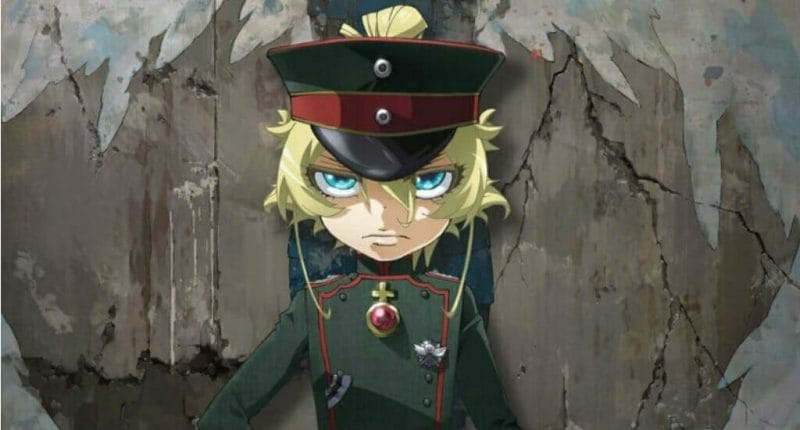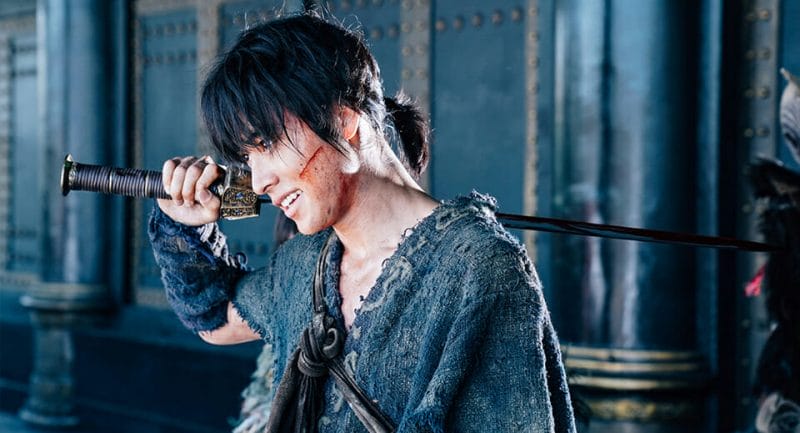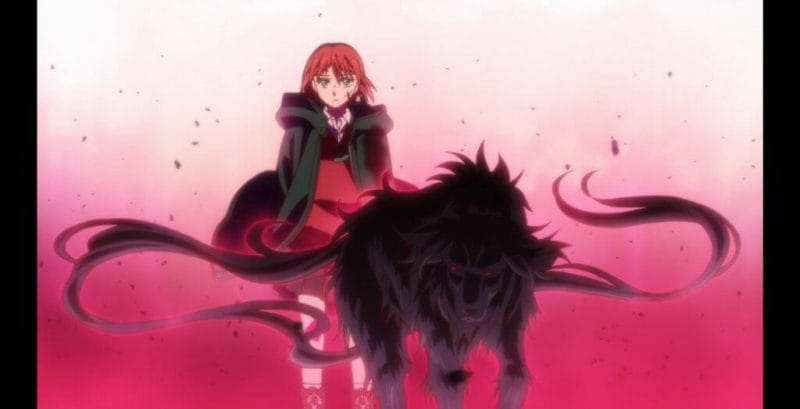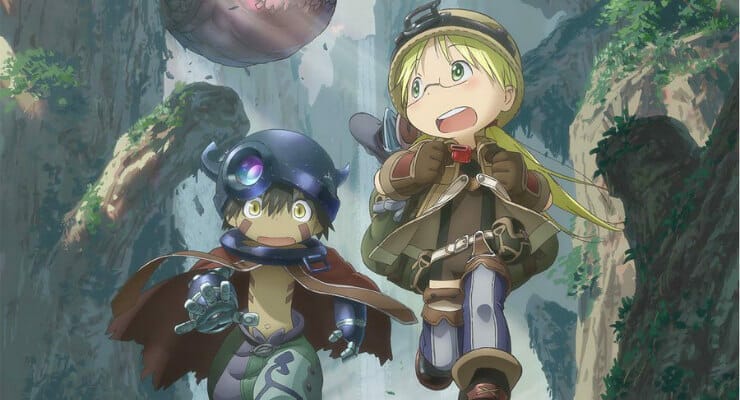 Every day, millions are born into this world, their clear eyes unspoiled by the evils that lurk around them. As they grow and learn, they quickly come to terms with the delicate beauties and terrible realities that lurk beneath the surface of the world. Questions begin to weigh heavily on the subconscious, and people begin to wonder what lay in the places their eyes cannot perceive. “Why are we here?” “From where do dreams begin?” “Where do the departed go?” These questions will gnaw ceaselessly at people, to the point where they will fall into despair, or seek answers wherever they can. Haibane Renmei seeks answers to several of these questions which linger beneath the surface, and presents answers of its own against a charming backdrop populated by incredible figures.
Every day, millions are born into this world, their clear eyes unspoiled by the evils that lurk around them. As they grow and learn, they quickly come to terms with the delicate beauties and terrible realities that lurk beneath the surface of the world. Questions begin to weigh heavily on the subconscious, and people begin to wonder what lay in the places their eyes cannot perceive. “Why are we here?” “From where do dreams begin?” “Where do the departed go?” These questions will gnaw ceaselessly at people, to the point where they will fall into despair, or seek answers wherever they can. Haibane Renmei seeks answers to several of these questions which linger beneath the surface, and presents answers of its own against a charming backdrop populated by incredible figures.
The city of Glie is a bustling settlement that resides in a place beyond the reach and the very comprehension of man. Its residents, the Haibane, are a simple folk with an appearance not unlike a stereotypical angel with ashen wings. Unlike humans, the Haibane are hatched from cocoons, their names derives from the lucid dream they experience before they awaken to the world. From the moment they awaken, the Haibane must determine their purpose and determine what ties them to Glie. Those who can attain this are given their Day of Flight: a day where a Haibane soars beyond the walls of Glie to the world beyond. Those who cannot find themselves sin-bound. Their wings turn black as the darkness they harbor, and the Day of Flight becomes all but unattainable. Rakka is the newest Haibane to be born into at Old Home, an abandoned school which numerous Haibane call home. It is here, where Rakka begins to learn of the new world she inhabits, her new life, and those around her as she seeks her own Day of Flight.
The flow of the series can be broken into two distinct acts. The first act is an introduction of sorts, told through the eyes of Rakka. Through the eyes of the newborn Haibane, we are introduced to the cast, the city of Glie, and the rules under which the Haibanes’ society operates. Many of the plots take on a light, “slice of life” feel as Rakka explores Glie, and meets various figures within the city. Key characters are introduced, and the groundwork for the latter half is lain. Hints to the greater plot are placed carefully and deliberately amidst Rakka’s experiences, which are shown through the lens of charming naiivete and a comfortably lazy pace.
The second arc serves as a sharp contrast to the first, both in tone and pacing. The arc begins with a key character taking her Day of Flight. The event doesn’t sit well with Rakka, who falls into a state of distress. She begins to question her friends, her adoptive family, and everything else about the world around her. The tales of a simple village life are replaced by a probing spiritual journey that leads viewers to the darker realms of the human mind. Questions of “why” and “how”, and issues of salvation and redemption are tackled with Abe’s masterful command of subtlety and characterization. Difficult issues are given clarity through a combination of brilliant imagery and thoughtful dialogue.
The series is complemented by a clean, attractive art style. The characters and environments make heavy use of earthy tones and subdued hues, which help to sell the lazy, peaceful setting inhabited by the Haibane. Characters are colored in flat shades, which stand out against the detailed backgrounds. The show’s score is comprised of an attractive selection of piano and string-heavy pieces. The selection of melodies, while not the most catchy of tunes, do a fantastic job of setting the tone, from the cheerful to the reflective.
To say Haibane Renmei is a masterpiece would be selling the series short. It is, without a doubt, one of the most incredible animated titles this reviewer had the pleasure of watching. Its combination of charming characters and fantastic storytelling create an experience that is nearly impossible to surpass.











